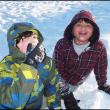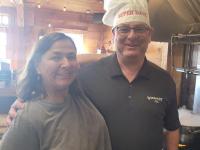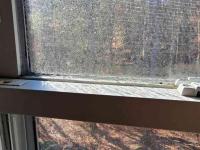Is snow healthy to eat?
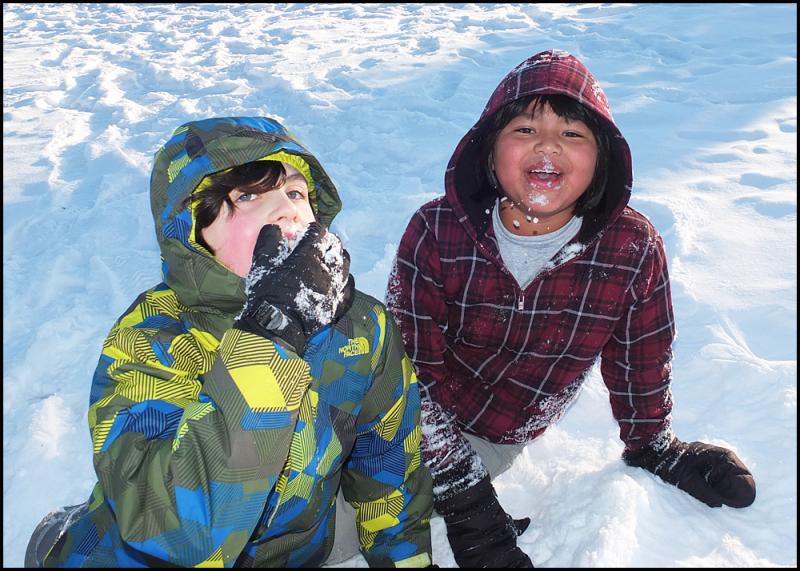 Sam Skovran and A.J Defazio take a snow break at Library Hill on Saturday.
Sam Skovran and A.J Defazio take a snow break at Library Hill on Saturday. 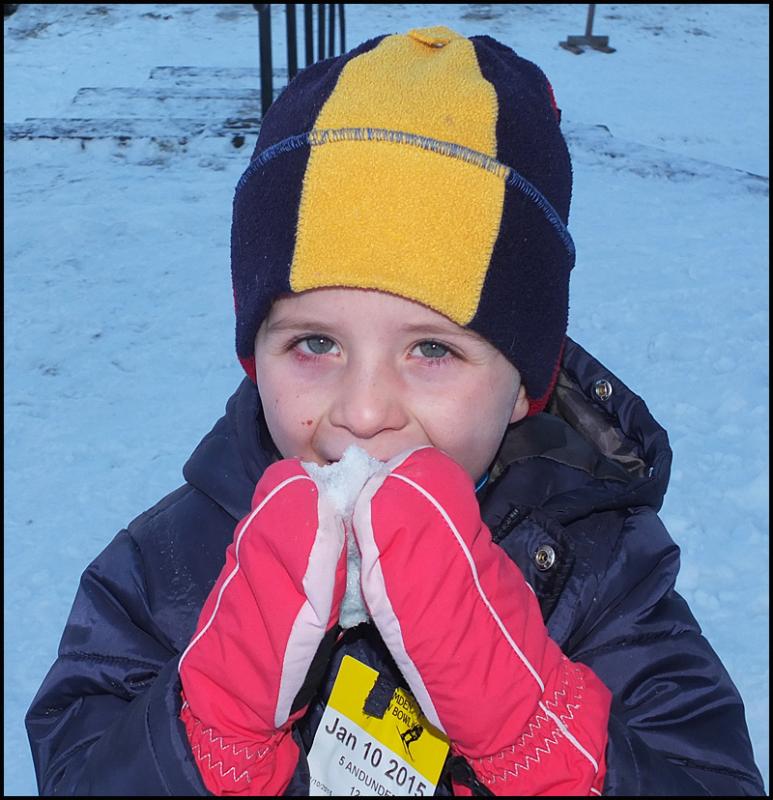 Alden Zimmerman (4) from Hope takes a snow snack break at the Snow Bowl.
Alden Zimmerman (4) from Hope takes a snow snack break at the Snow Bowl.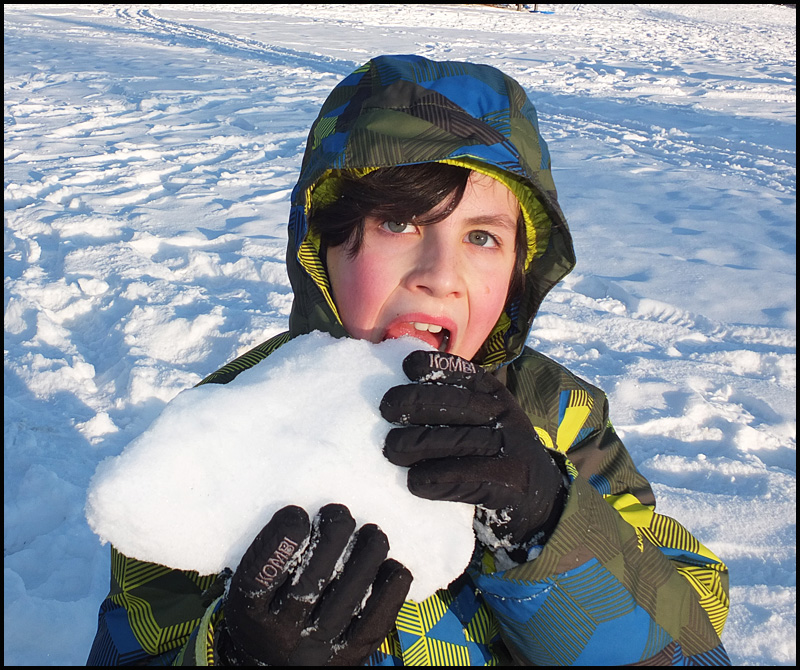 Sam Skovran, 9, of Camden, took to the economy size for a snow snack.
Sam Skovran, 9, of Camden, took to the economy size for a snow snack.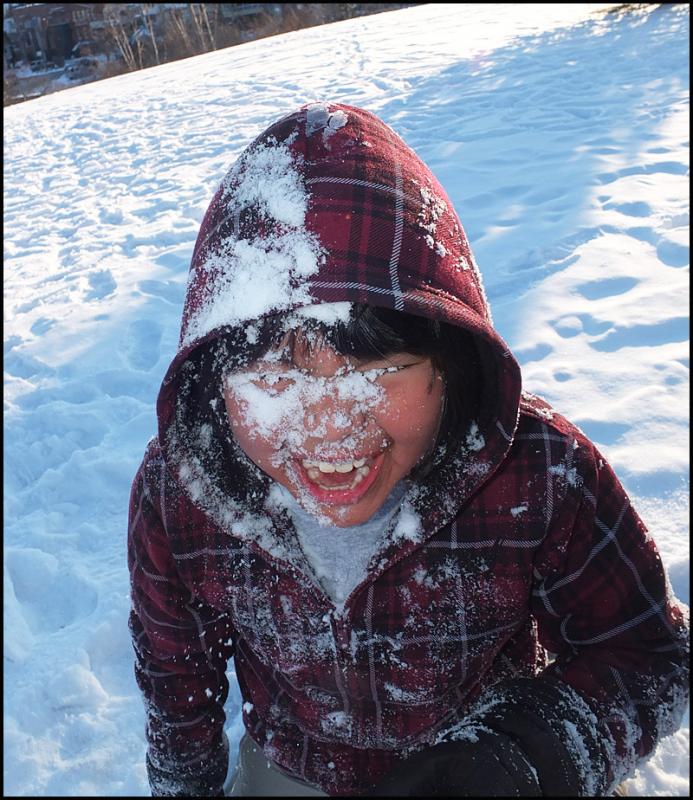 A.J Defazio, 9, is from Guatemala. He demonstrates the “snowplow” technique of eating snow.
A.J Defazio, 9, is from Guatemala. He demonstrates the “snowplow” technique of eating snow. Sam Skovran and A.J Defazio take a snow break at Library Hill on Saturday.
Sam Skovran and A.J Defazio take a snow break at Library Hill on Saturday.  Alden Zimmerman (4) from Hope takes a snow snack break at the Snow Bowl.
Alden Zimmerman (4) from Hope takes a snow snack break at the Snow Bowl. Sam Skovran, 9, of Camden, took to the economy size for a snow snack.
Sam Skovran, 9, of Camden, took to the economy size for a snow snack. A.J Defazio, 9, is from Guatemala. He demonstrates the “snowplow” technique of eating snow.
A.J Defazio, 9, is from Guatemala. He demonstrates the “snowplow” technique of eating snow.By the flake on the tip of your tongue, or by the mouthful, ain’t nothin’ better then a bite of snow, or so they say. Are there health risks inherent with a nosh of Mother Nature’s organic ice crystals? I know I’ve been doing it since I was a kid. I also remember as a kid watching Rollin Bonshire’s mom bring it in by the potful, melt it down and drink it.
First a little science is in order.
How does snow form?
Snow starts as a micro piece of ice high up in the atmosphere. Water molecules attach to it forming a hexagonal structure. Because of this they will always have six sides. There is no scientific proof that no two snowflakes are alike, but because of the molecular makeup of water there are an infinite variety of shapes and forms they can take.
The size of a snowflake depends on how many ice crystals form together. The average snowflake has about 200 ice crystals.
Snow flakes are not white.
Snowflakes look white either while they are falling or as they lay on the ground, but in reality they are clear. They are translucent meaning light will pass though them, but as the light reflects off the many sides of the crystal if produces a full spectrum of light which makes them white.
Snowflakes fall at 3 to 3.5 miles an hour.
First and foremost, is it clean? The old adage of don’t eat the yellow (or any other color, for that matter) snow holds as true today as it did a millennium ago.
Pure as the driven snow, also holds true today. So let’s get the old, “can I eat the snow checklist,” out and check it out.
Is it clean?
Well, yes and no.
The atmosphere is polluted with dust, ash and some chemicals. As the first snowflakes fall they collect these pollutants and bring them to the ground. A thin layer of snow on the ground is not recommendable for munching as it is probably contaminated with whatever was in the atmosphere when it fell.
Never ever eat snow that comes off the ground with dirt, leaves or small rocks attached to it, or snow that’s on the street or a parking lot. It’s a good idea to avoid snow that has a lot of foot prints in it, too.
After the first inch or so, it could be a gourmet’s delight with the exception of the top layer. After the snow stops falling pollutants again enter the air and can settle on the top of snow. Remove the top layer, avoid the bottom layer, and take pleasure in your buffet that can stretch as far as the eye can see.
If you’re collecting it to drink you can always boil it first and even run it through a coffee filter just in case. Remember, it forms as ice crystals so it’s much cleaner then regular precipitation and probably much cleaner then the water from your tap.
So let’s review.
Avoid the top and bottom layer.
Avoid snow near streets or parking lots.
Boil it if you feel you have to and run it through a coffee filter for an extra measure of cleanliness.
Follow these simple guidelines and you can enjoy a healthy snack of fallen snow. No calories, sugar, or fat.
Fun Snow Facts you may or may not know
When a blizzard is forecast, stores sell more candies, cakes and cookies than any other food.
The largest snowman was 122 feet tall and was built in Maine in 2008.
On average, approximately 110 snow storms hit the U.S. every year.
Eighty percent of the world’s fresh water comes from snow.
Approximatley 12 percent of the earth’s land surface is covered in permanent snow and ice.
A blizzard occurs when you can’t see for one-quarter of a mile. The winds are always 35 miles an hour or more. The storm must last at least three hours to be classified as a blizzard. If any of these conditions are less, it is only a snowstorm.
Chionophobia is the fear of snow.
Event Date
Address
United States





